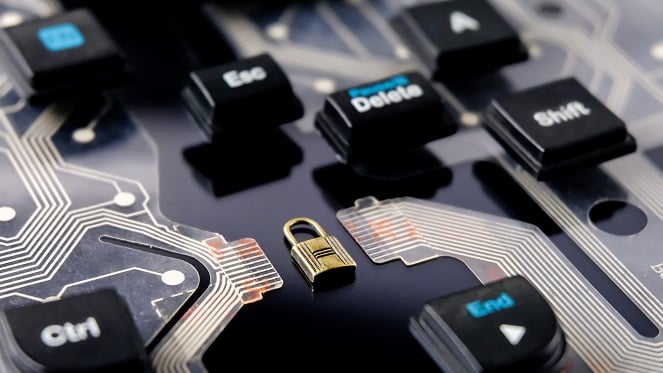

The hybrid work model is not compatible with traditional cybersecurity strategies. Companies that do not overhaul their approach to securing their data and systems risk exposing themselves to data breaches and suffering consequences like financial loss, reputational damage, operational downtime legal action and loss of sensitive data.
Whether employees spend most of their time working remotely, work from the office occasionally or spend most of the week working from the office, the risks are the same. Without a clear network perimeter that encapsulates offices, users and on-premise applications, consistent control cannot be established.
In traditional work environments, SMBs relied on firewalls to monitor incoming and outgoing network traffic and other perimeter defences. Now that hybrid workplaces are using cloud solutions to collaborate, there are many more network entry points that can be targeted by bad actors.
Cybersecurity leaders have been scrambling to raise awareness among employees and educate them about the threats they may encounter when working remotely. At the same time, hackers have realised how exposed businesses have become.
Capitalising on network vulnerabilities, cybercrime was up by 600% in 2020 and 2021 with thousands of organisations suffering endpoint attacks that compromised their IT infrastructure. The most common attacks were ransomware and COVID-themed phishing emails designed to trick recipients to click on a malicious file or open an attachment containing a virus.
Key steps include:
In a bring-your-own-device (BYOD) company, strict policies must be set to allow employees to use their personal smartphones, laptops, and tablets for work. Alternatively, all employees should be required to use only work-issued devices.
Acceptable use policies are vital. Employees must be educated to avoid using social media and downloading things from the internet on their work devices.
Cybersecurity awareness training teaches people how to use work devices safely, and raises awareness about phishing emails, physical security, how to create passwords, and the risks associated with public Wi-Fi networks.
SMBs can enhance endpoint security – including laptops, desktops, mobile devices, IoT devices and servers — by deploying software that can rapidly detect, analyse, block and contain attacks as they are happening. This enables administrators to quickly detect and remove any threats. These solutions are designed to protect against advanced threats and are far more effective than legacy antivirus solutions.

© Copyright 2024 Tarsus Distribution